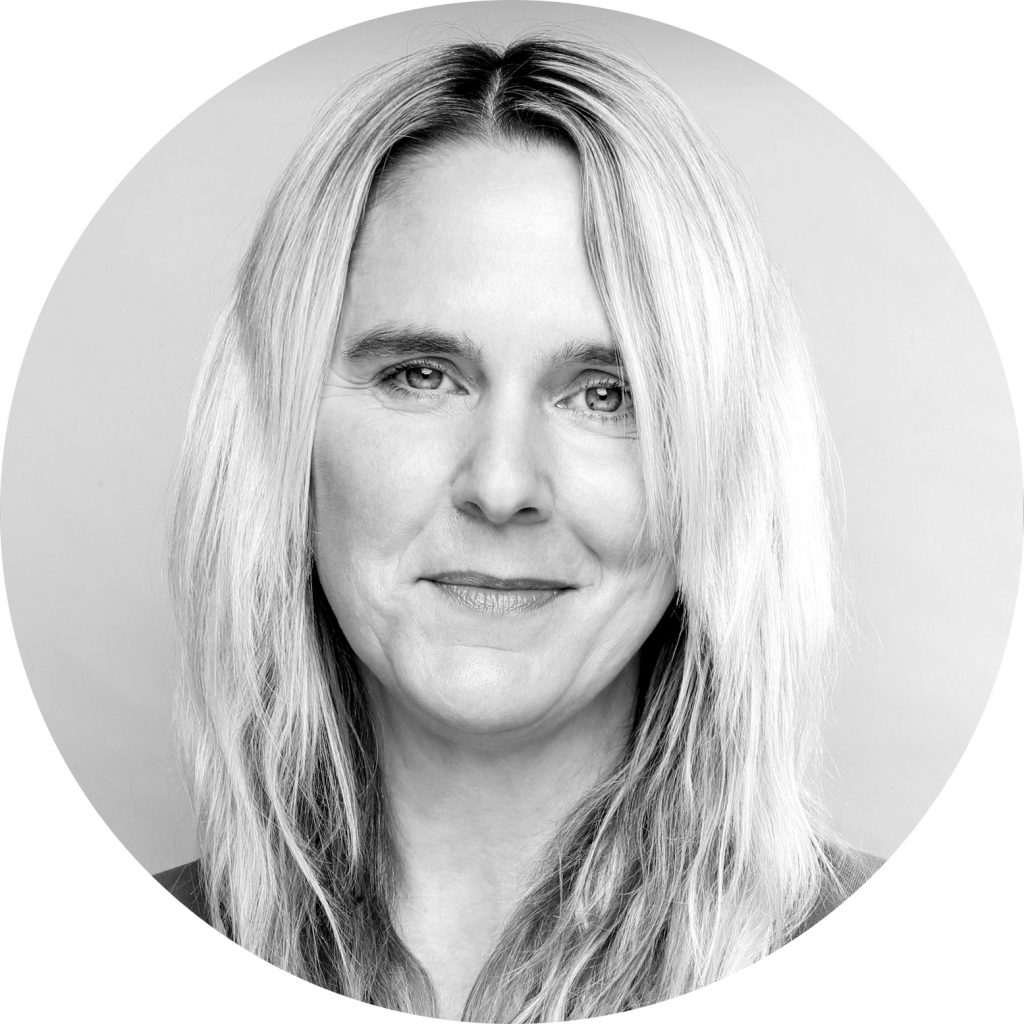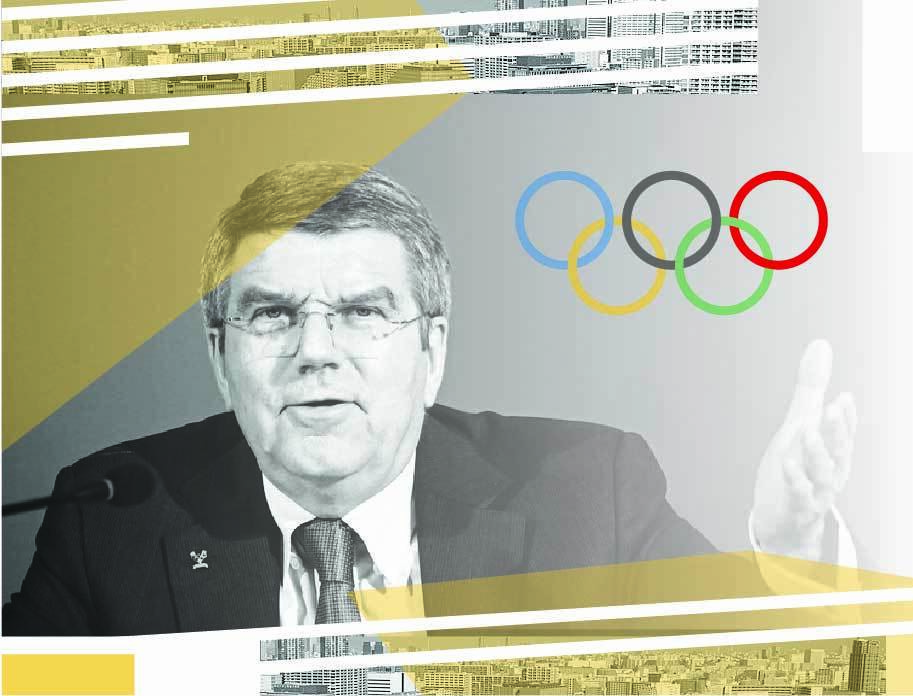
Dr. Jana Wiske
Professor of resort journalism and public relations at the Ansbach University of Applied Sciences, Germany. Prior to this she worked as a sports journalist for kicker-sportmagazin for 15 years, covering a range of events including the Olympics. She continues to work as freelance writer.

Section 2: Media Coverage & Representation
- Twitter conversations on Indian female athletes in Tokyo
- ”Unity in Diversity” – The varying media representations of female Olympic athletes
- The Olympic Channel: insights on its distinctive role in Tokyo 2020
- How do we truly interpret the Tokyo Olympic ratings?
- Between sexualization and de-sexualization: the representation of female athletes in Tokyo 2020
- Reshaping the Olympics media coverage through innovation
- An Olympic utopia: separating politics and sport. Primary notes after analyzing the opening ceremony media coverage of mainstream Spanish sport newspapers
- What place is this? Tokyo’s made-for-television Olympics
- The paradox of the parade of nations: A South Korean network’s coverage of the opening ceremony at the 2020 Tokyo Olympics
- Tokyo 2021: the TV Olympics
- Why we need to see the “ugly” in women’s sports
- “The gender-equal games” vs “The IOC is failing black women”: narratives of progress and failure of the 2020 Tokyo Olympics
- Ghana: Poor local organizing, and absence of football team dampens interest
- Megan Rapinoe: The scary Bear for many Americans?
- ‘A Games like no other’: The demise of FTA live Olympic sport?
- Temporality of emotionalizing athletes
- Fandom and digital media during the Tokyo 2020 Olympic Games: A Brazilian perspective using @TimeBrasil Twitter data
- Media wins medal for coverage of athletes as people, instead of entertainers
- Media frames and the ‘humanity’ of athletes
- New Olympic sports: the mediatization of action sports through the Olympic Games 2020 Tokyo
- Simone Biles, journalistic authority, and the ideology of sports news
- Representations of gender in the live broadcast of the Tokyo Olympics
- Americans on ideological left more engaged in Summer Olympics
- Nigeria: Olympic Games a mystery for rural dwellers in Lagos
- National hierarchy in Israeli Olympic discourses
- Equestrian sports in media through hundred Olympic years. A roundtrip from focus to shade and back again?
- Reshaping the superhuman to the super ordinary: The Tokyo Paralympics in Australian broadcasting media
- Is the Paralympic Games a second-class event?
- The fleeting nature of an Olympic meme: Virality and IOC TV rights
- Tokyo 2020: A look through the screen of Brazilian television
- Is the Paralympic Games a second-class event?
- How digital content creators are shaping meanings about world class para-athletes
- How digital content creators are shaping meanings about world class para-athletes
- The male and female sports journalists divide on the Twittersphere during Tokyo 2020
- Super heroes among us: A brief discussion of using the superhero genre to promote Paralympic Games and athletes
- “Everything seemed very complicated”: Journalist experiences of covering the Tokyo 2020 Paralympic Games
- Representing high performance: Brazilian sports journalists and mass communication professionals discuss their philosophies on producing progressive Paralympic coverage
- Representations of gender in media coverage of the Tokyo 2020 Paralympic Games
The scene had something unreal about it: from outside, we can only surmise that the German cyclist, Simon Geschke, is actually behind a window on the upper floors of the quarantine hotel in Tokyo. From down below on the street, the camera of the German tv broadcaster, ZDF, has to zoom right up close – entering the building is not allowed. The games were over for Geschke before they even began. A positive Covid-test meant isolation instead of competition.
This Olympic Games led not only to stricter conditions on the athletes, but also radically altered working conditions for sports journalists. Mixed zones and press conferences were subject to stringent hygiene conditions, and the distance from those involved in the Games was spatially visible. Athletes could more easily avoid probing questions, while superficial and brief appearances by sportspeople could be justified by citing the COVID-19 precautions. In times like these, journalists trailing athletes was an impossibility – untrammelled encounters on the Olympic grounds or in the facilities ceased to exist, and spontaneous interviews scarcely happened.
For journalist, it meant working at a distance and denying consumers of media their demand for closeness to athletes, coaches, and events. Yet even before the pandemic, exchanges between representatives of the media and sportspeople were already occurring through filters. Spokespeople have a decisive role today in getting topics aired, dealing with media enquiries and catering to the relevant target-audiences. When things are “normal”, press offices already obstruct direct access and any authentic image of high-performance sport and its protagonists. COVID-19 exacerbated the situation further.
A research project from the Ansbach University of Applied Sciences analysed changes in the working relationship between spokespersons from national leagues and associations (like German Football Association or German Athletic Federation) and journalists covering this high-performance sport during the COVID-19 crisis in Germany. More than half of all the spokespersons reported experiencing greater distance from journalists. Forty-six percent of the spokespersons also indicated an increase in journalists’ expectations during the pandemic.
Increased expectations were due to constant changes coupled with requests for ever more rapid responses. Therefore, the function of spokespeople has become more significant gatekeepers in times of reduced access. Journalists’ attitude of expecting more signals an increasing dependence on the output from clubs and associations, which are themselves developing into their own media operations. The function of the gatekeeper selecting topics is likely to shift more and more to clubs and associations – and to sportspeople who are producing their own media images for their clubs.
The Olympics highlighted this new relationship. A “playbook” outlined how journalists had to behave on site. Normally, an Olympic accreditation is the most important door-opener for reporting. With it, one gains access to the arenas, to the mixed-zones, the press conferences, and the Olympic village. However, during the first fourteen days of the Games, journalists were only allowed to visit hotels, media buses, contest locations, and restaurants prescribed by the organisers. Additionally, journalists had to submit a schedule of their movements in advance in order to prevent the spread of COVID-19. A lot of journalists viewed these restrictions as constraints on their press freedoms.
However, smaller media companies who could not afford to arrive 14 days in advance of the Olympic Games were concerned about these new restrictions. It is no surprise that many media representatives did not want to make the trip to Tokyo at all. We can, therefore, presume restrictions rendered reporting of these Olympic Games more superficial and less balanced. The distance from the protagonists and the dependence on official spokespersons may have proven to be too much for journalists.
This scenario benefited the organizers and sportspeople. The circumstances scarcely allowed asking unpleasant questions about conditions on the ground or about fantastical world records. Celebrated athletes, who are always the focus of attention, could avoid tedious press commitments.
Journalist and sportspeople can at least see one opportunity – the rise of digital options. The pandemic brought about the precedent of video interviews in sports journalism, allowing for more flexible in location and timing. Computers create proximity, as was in the case of the cyclist, Geschke: the interview between journalist and sportsperson at the Olympics took place digitally via video-call. The cyclist’s laptop-camera made it possible to view a sparse hotel room – and allowed the tv viewers to share the bleakness of isolation right up close.

